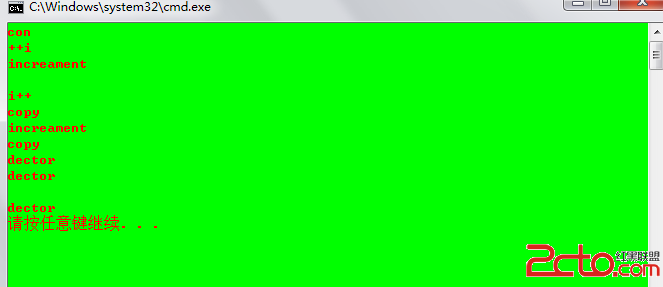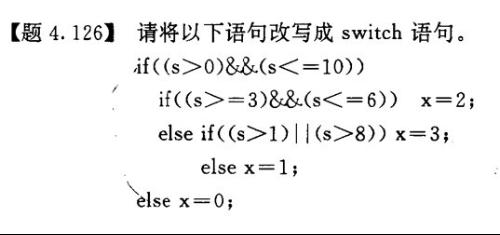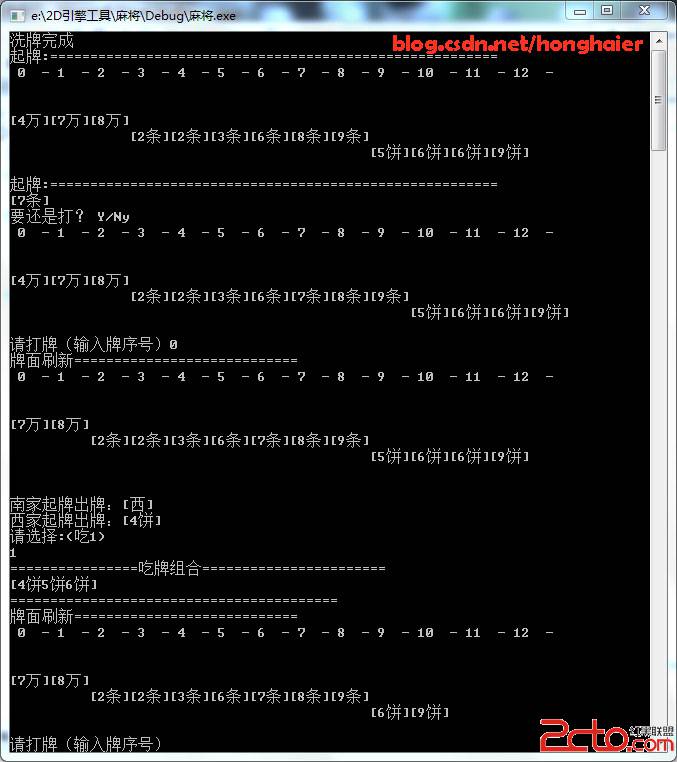写一个递归版本的链表转置程序
链表的转置是一个很常见、很基础的数据结构题了,非递归的算法很简单,用三个临时指针在链表上循环一遍即可,不再赘述。递归算法也是比较简单的,但是如果思路不清晰估计也难一时半会儿写出来把。下面是递归版本的链表转置程序:
[cpp]
#include <iostream>
using namespace std;
typedef struct Node
{
Node(int v, Node *ptr=NULL) : data(v), next(ptr) {}
int data;
Node *next;
}sNode;
//LB_c: 输出链表,head为链表头指针
void outputList(sNode *head)
{
sNode *p = head;
while (p != NULL)
{
cout << p->data << " -> ";
p = p->next;
}
cout << "NULL" << endl;
}
//LB_c: 转置链表的递归方法实现
sNode* reverseList(sNode *head)
{
//LB_c: 异常判断(NULL==head)结束条件(NULL==head->nex),
// 即head为最后一个节点时,将该节点返回,即为转置链表的头节点。
if ( (NULL == head) || (NULL == head->next) )
return head;
//LB_c: 递归后续链表(即以head->next为首节点的链表)
sNode *pNewHead = reverseList(head->next);
//LB_c: 上一步执行完后,head->next为后续链表的末尾节点,
//所以让head->next的next指向当前节点head
head->next->next = head;
//LB_c: 当前节点的next指向NULL
head->next = NULL;
//LB_c: 返回后续链表的头指针
return pNewHead;
}
int main()
{
//LB_c: 创建链表
sNode n5(5);
sNode n4(4, &n5);
sNode n3(3, &n4);
sNode n2(2, &n3);
sNode n1(1, &n2);
//LB_c: 输出原始链表
outputList(&n1);
//LB_c: 调用转置函数
sNode *pNew = reverseList(&n1);
//LB_c: 输出转置后的链表
outputList(pNew);
return 0;
}
#include <iostream>
using namespace std;
typedef struct Node
{
Node(int v, Node *ptr=NULL) : data(v), next(ptr) {}
int data;
Node *next;
}sNode;
//LB_c: 输出链表,head为链表头指针
void outputList(sNode *head)
{
sNode *p = head;
while (p != NULL)
{
cout << p->data << " -> ";
p = p->next;
}
cout << "NULL" << endl;
}
//LB_c: 转置链表的递归方法实现
sNode* reverseList(sNode *head)
{
//LB_c: 异常判断(NULL==head)结束条件(NULL==head->nex),
// 即head为最后一个节点时,将该节点返回,即为转置链表的头节点。
if ( (NULL == head) || (NULL == head->next) )
return head;
//LB_c: 递归后续链表(即以head->next为首节点的链表)
sNode *pNewHead = reverseList(head->next);
//LB_c: 上一步执行完后,head->next为后续链表的末尾节点,
//所以让head->next的next指向当前节点head
head->next->next = head;
//LB_c: 当前节点的next指向NULL
head->next = NULL;
//LB_c: 返回后续链表的头指针
return pNewHead;
}
int main()
{
//LB_c: 创建链表
sNode n5(5);
sNode n4(4, &n5);
sNode n3(3, &n4);
sNode n2(2, &n3);
sNode n1(1, &n2);
//LB_c: 输出原始链表
outputList(&n1);
//LB_c: 调用转置函数
sNode *pNew = reverseList(&n1);
//LB_c: 输出转置后的链表
outputList(pNew);
return 0;
}
补充:软件开发 , C++ ,




